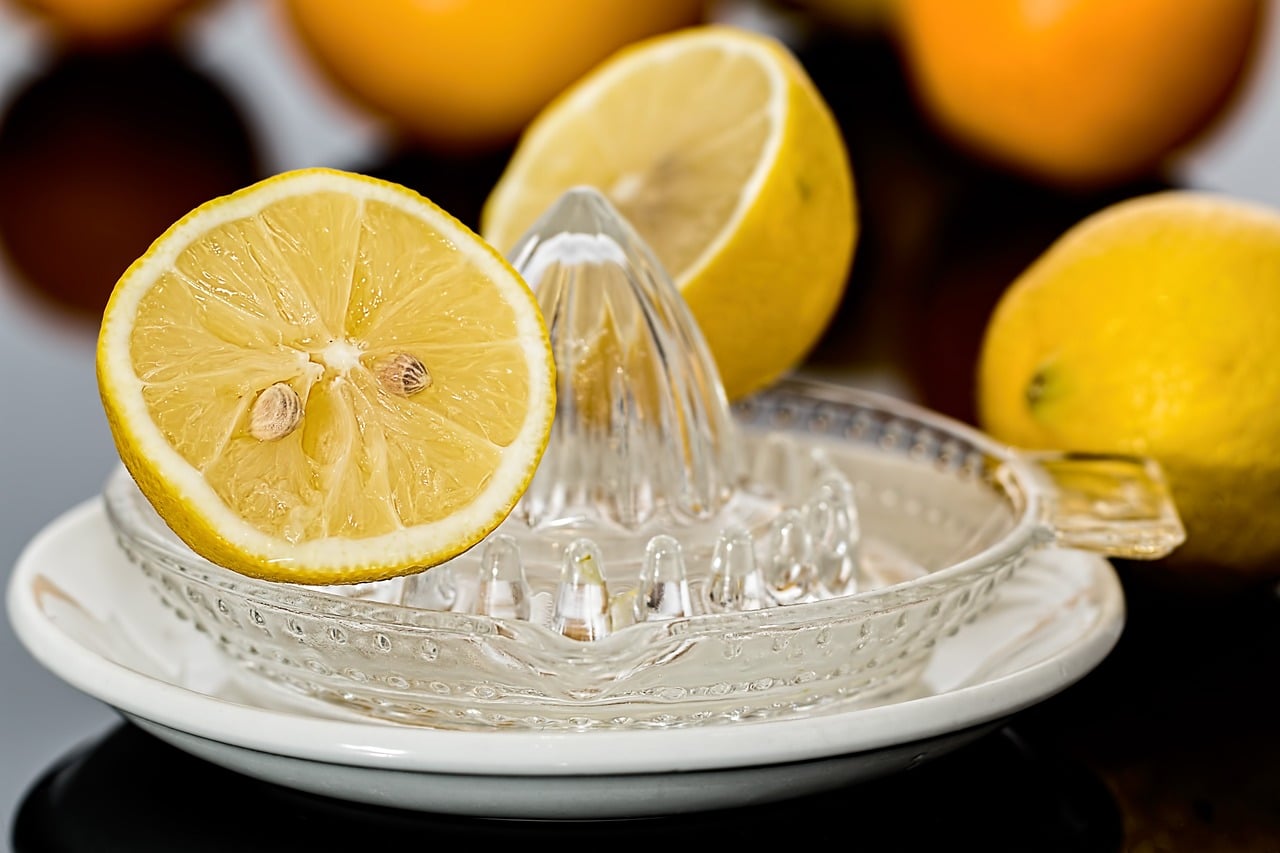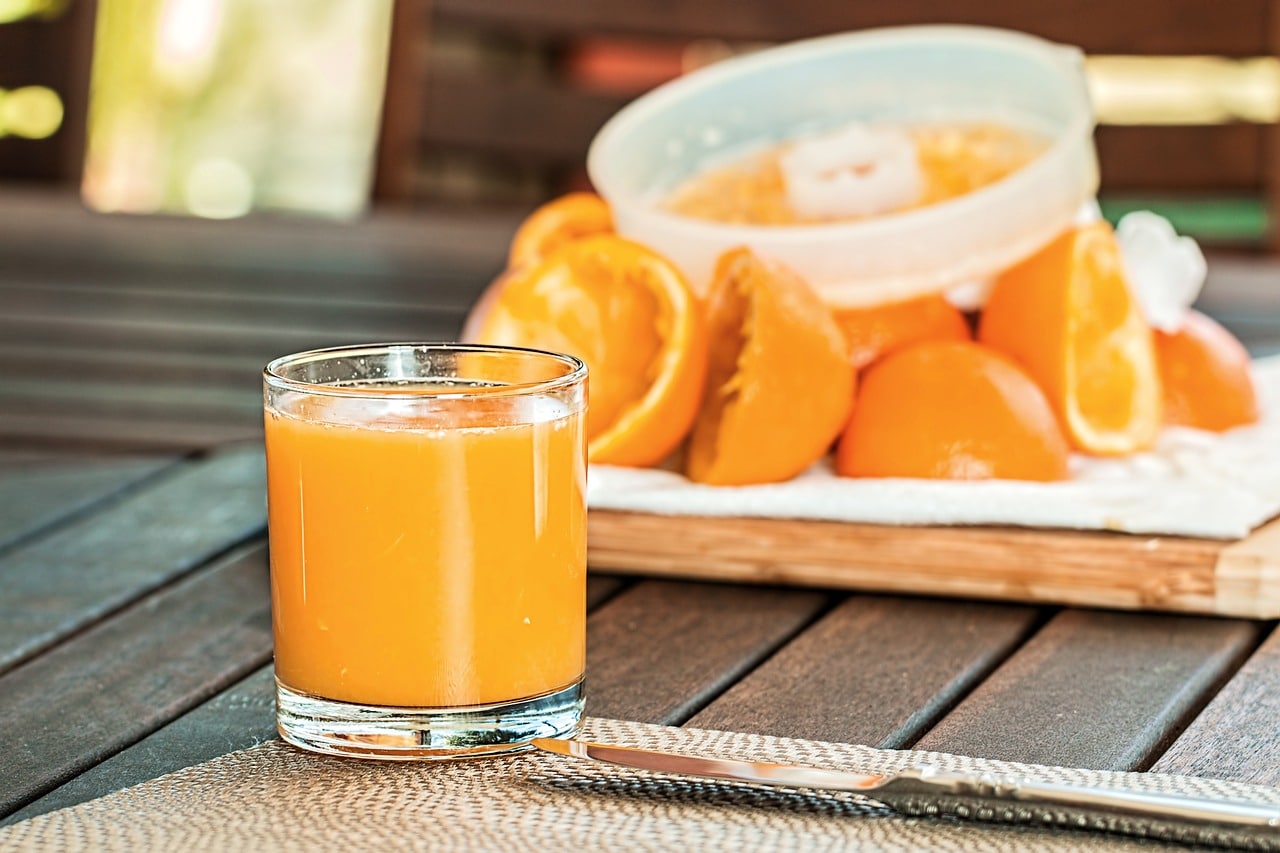
The manual citrus juicer is the most common on the market.
A juicer is a device used to extract juice from a fruit . Its operation is based on the pressure exerted on the piece in question, so that its pulp is crushed and the liquid is obtained.
There are two main types of juicers: manual juicers and electric juicers . For each one it is possible to find different models with varied characteristics.
manual juicer
Among the most popular manual juicers, we can find those that have a kind of egg with undulations or folds . To get the juice, you have to cut the fruit in half and press it against the ribbed structure. Typically, the juicer has a container to collect the liquid and a filter that retains the seeds .
Citrus fruits are the fruits that are most often squeezed: oranges, lemons, limes and grapefruits, important sources of vitamin C that strengthen our defenses and speed up digestion.
Another frequently used manual juicer features a lever to transmit force . The fruit is placed between two elements that, when the person uses the lever, come together, squeezing out what was located there.
Manual juicers have a history dating back to ancient times. For centuries, people have used hand tools to squeeze juice from fruits and vegetables. These devices were usually rudimentary, such as wooden or stone presses intended for extracting grape juice to make wine. Over time, different designs and materials were developed to create more efficient and easy-to-use manual models.
electric juicer
An electric juicer , as its name indicates, uses electrical energy to function. A motor rotates the "egg" that has ridges, so the individual simply has to cut the fruit and gently press it against this implement to activate the mechanism.
It is a device designed to extract juice from fruits and vegetables efficiently and conveniently. Although there is no exact date of its invention, the transition to electric models began in the 20th century with the advancement of electrical technology and automation in homes.
The operation of an electric juicer is quite simple. Essentially, it consists of an electric motor that rotates a cone or press that squeezes the fruit against a surface to extract its juice. Some models may also have a filtering function to separate the pulp from the juice. There are several types of electric juicers, each designed to suit different needs and preferences. Some of them include:
- Citrus juicers : They are the simplest and most common. They are primarily designed to process citrus fruits such as oranges, lemons, limes and grapefruits. They usually have an inverted cone-shaped juicing cone that adapts to the size of the fruit;
- High-speed juicers – These are more powerful and versatile. They can handle a wider variety of fruits and vegetables, including apples, carrots, and more. They use a rotating blade to crush and squeeze the ingredients ;
- Cold press juicers : Also known as juice extractors , these juicers use a technique that reduces oxidation and heat, thus preserving more nutrients and enzymes in the juice;
- Multi-function juicers – Some models offer additional features, such as the ability to make smoothies, sorbets, and sauces. These juicers usually come with interchangeable accessories for different purposes;
- Commercial juicers : They are larger and more powerful, designed for use in cafes, restaurants and bars where large quantities of fruit need to be squeezed to prepare drinks. They enable the automation of the entire process, working with the whole fruit , then extracting the juice and discarding the peel and seeds.

Orange juice is one of the most frequently prepared.
